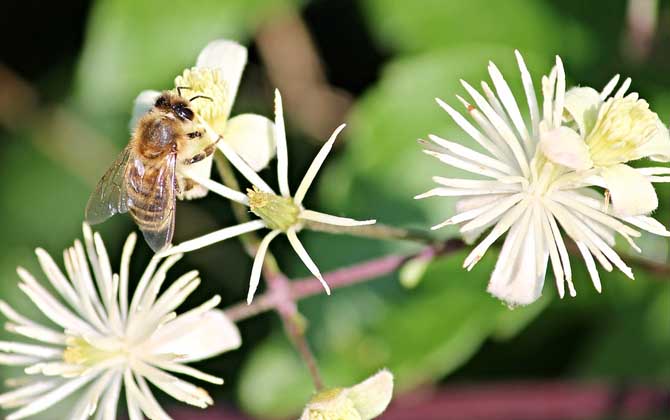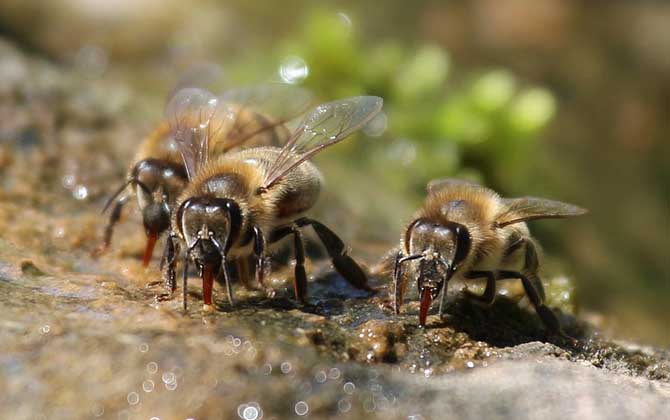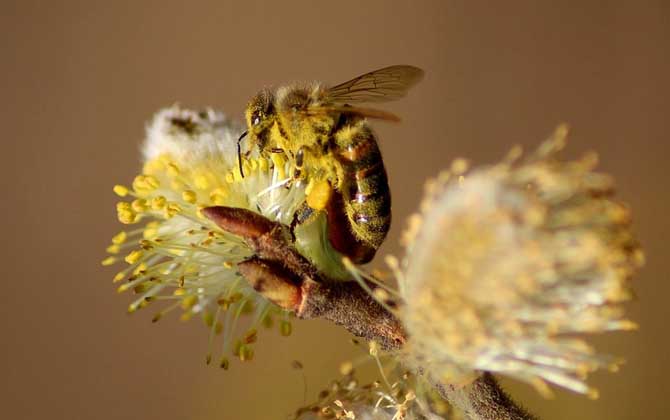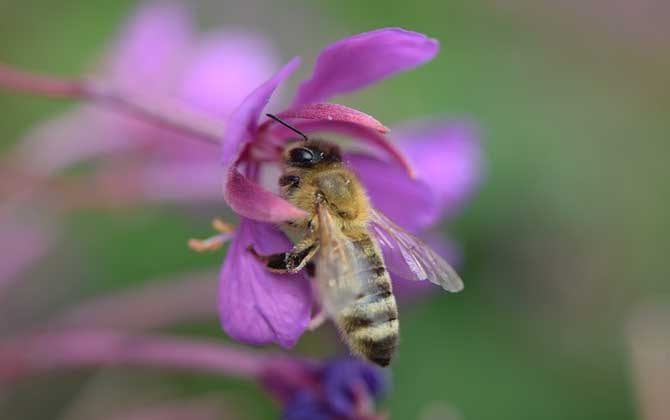How to Detect Wild Beehives Nearby
Essential Requirements for Beekeeping
Beekeeping fundamentally requires at least one colony of bees. Acquiring a colony typically involves purchasing from apiaries or capturing wild swarms. Wild swarm collection remains the most accessible method for beginners. Below, we explore practical techniques to identify nearby wild beehives.

1. Observing Nectar Collection
Monitoring bee foraging behavior is key to locating wild colonies. Key indicators include:
- Flower Activity: Bees on flowers confirm a colony within 3 km (their maximum foraging radius).
- Return Direction: Observe their flight path after nectar collection – bees fly straight back to the hive.
- Flight Altitude: Lower flight heights indicate proximity (<500m), while higher flights suggest distant hives (>1km).

2. Tracking Water Sources
Bees require water for hive temperature regulation and larval nutrition. Key strategies:
- Focus on dry seasons (summer/autumn) when water collection peaks.
- Identify water carriers – typically older worker bees with frayed wings.
- Follow their return trajectory; hives usually lie within 500m of water sources.

3. Analyzing Bee Excrement
Pollen-rich diets create distinctive yellow droppings:
- Search for concentrated droppings on leaves or flat surfaces.
- Morning sunlight triggers mass defecation flights – optimal detection time.
- Dropping density correlates with hive proximity (50m radius for heavy concentrations).

4. Auditory Detection
Bee flight produces unique 200-250Hz frequencies through thoracic vibrations:
- Differentiate hive hum (continuous) from foraging buzz (intermittent).
- Use stethoscopes in quiet environments to amplify faint vibrations.
- Follow sound gradients – volume increases by 6dB with each halved distance.
Pro Search Techniques
- Baiting: Use sugar syrup (1:1 ratio) in strategic locations
- Smoke Testing: Light herbal smokes to observe bee defensive patterns
- Digital Tools: Thermal cameras detect hive heat signatures (optimal at dawn)
Summary: Strategic Hive Location
Bee behavior patterns enable systematic searching:
| Behavior | Detection Range | Accuracy |
|---|---|---|
| Nectar Foraging | 3 km radius | General Area |
| Water Collection | 500m radius | Localized Zone |
| Excrement Patterns | 50m radius | Exact Position |
By combining these methods with patience and ecological awareness, enthusiasts can successfully locate and ethically collect wild bee colonies for sustainable beekeeping practices.